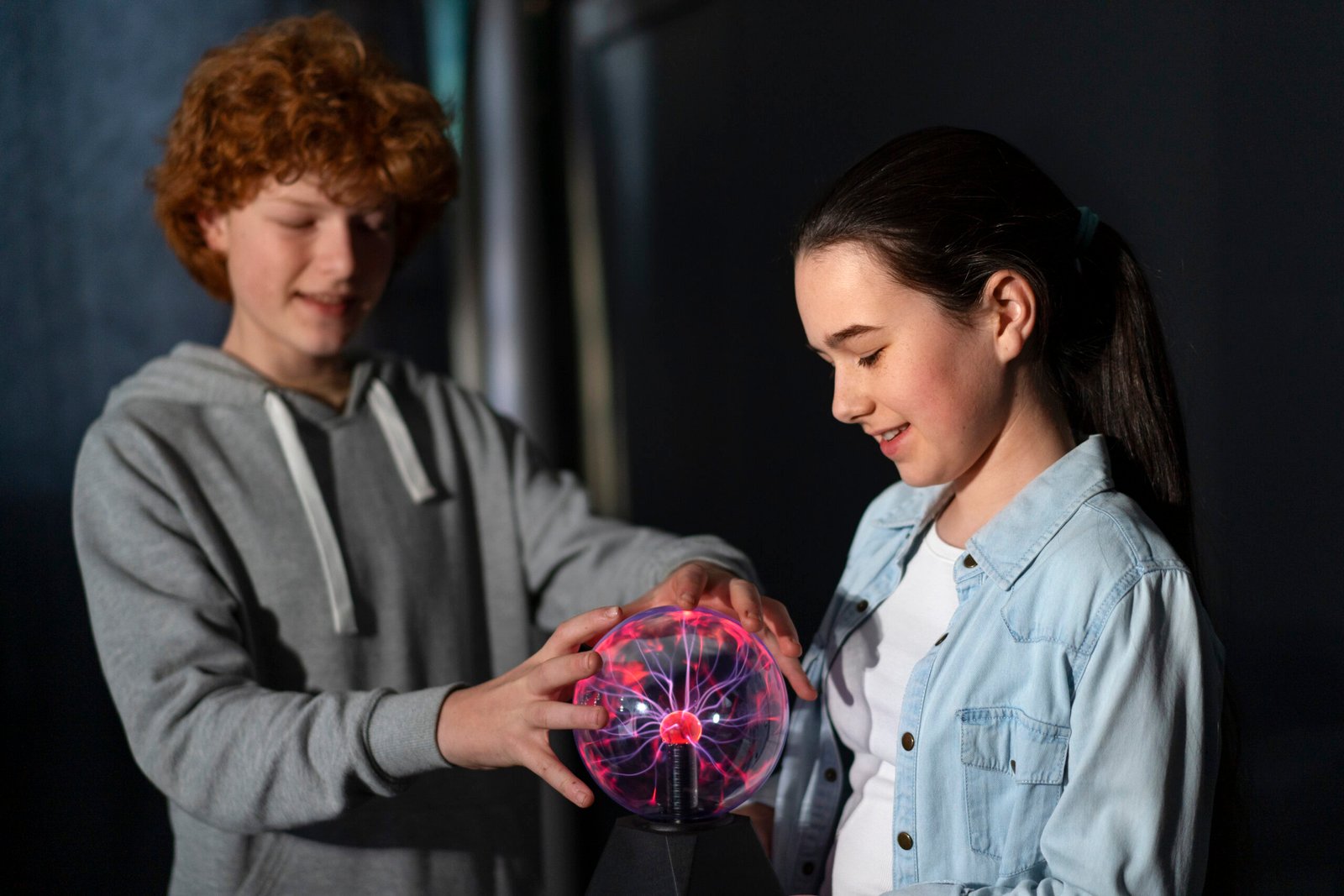Personalized Support for Children with Autism

From smart assistants to personalized learning platforms, artificial intelligence (AI) is quietly transforming how we interact with the world. In the realm of autism care—specifically Applied Behavior Analysis (ABA)—AI is emerging as a powerful tool to enhance therapy outcomes. Rather than replacing human expertise, AI is being used to support therapists in tracking behaviors, customizing treatment, and providing families with real-time insights. This blog explores how these innovations are helping deliver more efficient, responsive, and individualized care for children on the autism spectrum


In traditional ABA therapy, behavior tracking is often manual and time-consuming, requiring therapists to jot down notes during or after sessions. However, AI-enabled platforms now allow real-time data collection through mobile devices. These systems automatically track behavioral responses, identify trends, and even flag early signs of regression. By reducing the paperwork burden, therapists can spend more time focusing on interaction and care, while benefiting from a more accurate and consistent dataset. This automation not only enhances insight but also allows for quicker and more informed adjustments to treatment plans.
No two children on the autism spectrum are alike. AI uses machine learning algorithms to analyze individual progress and determine which strategies are most effective for each child. Over time, the system learns to suggest changes, such as adjusting reinforcement schedules or eliminating ineffective techniques. These predictive capabilities help streamline therapy, reduce frustration for both child and therapist, and contribute to better long-term outcomes. Essentially, AI helps therapy evolve with the child—adapting to their changing needs in real-time
One of the most exciting innovations in this space is the integration of virtual reality (VR) and augmented reality (AR) into ABA programs. These technologies offer children a safe and controlled environment to practice social skills, reduce anxiety, and simulate real-life situations. For example, VR can help a child rehearse classroom scenarios, make eye contact, or experience common routines like brushing teeth or crossing the street. With immediate feedback from the system, children can learn at their own pace in a way that is engaging and low-pressure.
Modern ABA platforms are also expanding support beyond the clinic. AI-driven parent dashboards offer real-time progress updates, recommend at-home strategies, and highlight upcoming developmental milestones. This helps parents stay engaged, reinforce therapy at home, and feel confident in the progress their child is making. These tools are not just informative—they foster stronger collaboration between families and therapists, ensuring consistent and unified support for the child’s development.
Despite all its advantages, AI is not a replacement for human expertise. Therapists must remain at the center of every treatment plan, using AI as a supportive tool rather than a decision-maker. Ethical implementation requires transparency in how data is used, strict privacy protections, and professional accountability. Moreover, emotional intelligence and empathy—core aspects of effective autism care—cannot be replicated by any algorithm. Technology should empower human therapists, not displace them.
AI is opening a new chapter in autism care by making ABA therapy more personalized, data-driven, and accessible. From virtual environments to predictive algorithms, these tools enhance—not replace—the compassion and expertise of therapists. When used responsibly, AI has the power to not only improve therapy outcomes but also make the journey smoother for children and families alike. The future of ABA is here, and it is smarter, faster, and more human than ever before.

Advance Therapy: Expert ABA therapy services for children with autism across the USA. Personalized care at home, daycare, or online to build essential life skills.
Copyright 2025 © Advance Therapy All Right Reserved.